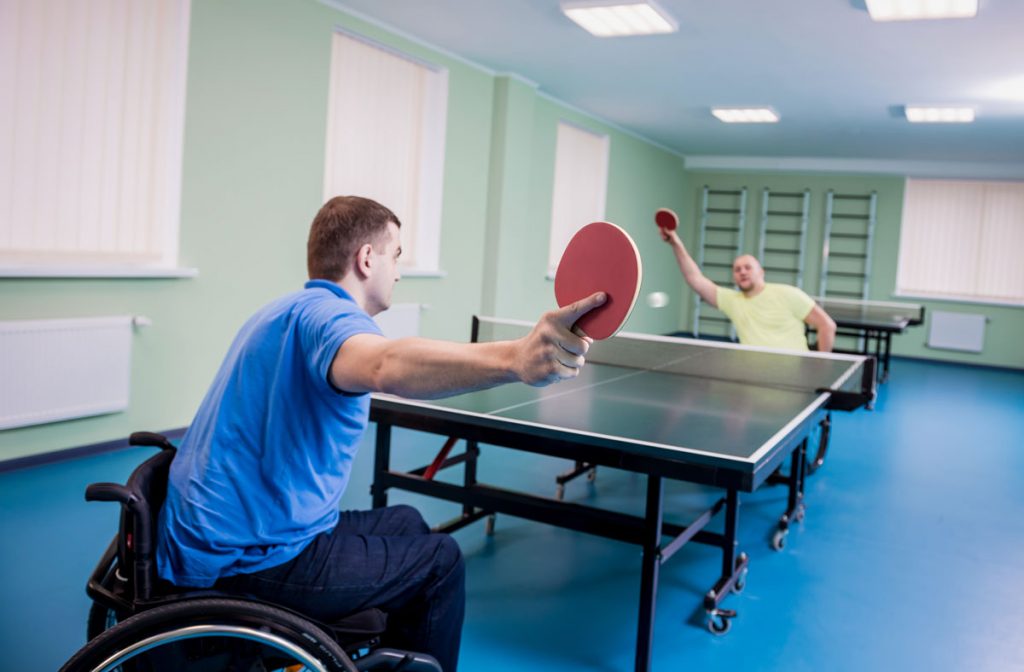Dementia Fall Risk Can Be Fun For Anyone
Table of ContentsNot known Details About Dementia Fall Risk 10 Easy Facts About Dementia Fall Risk ShownHow Dementia Fall Risk can Save You Time, Stress, and Money.Unknown Facts About Dementia Fall Risk
A fall threat analysis checks to see how likely it is that you will certainly drop. The analysis generally includes: This includes a series of questions concerning your overall health and if you've had previous drops or issues with equilibrium, standing, and/or strolling.Treatments are referrals that might decrease your risk of dropping. STEADI includes 3 actions: you for your danger of falling for your risk factors that can be improved to try to avoid drops (for example, equilibrium problems, impaired vision) to decrease your threat of dropping by using effective approaches (for example, giving education and resources), you may be asked a number of inquiries including: Have you fallen in the previous year? Are you fretted regarding dropping?
You'll sit down once more. Your copyright will certainly check how lengthy it takes you to do this. If it takes you 12 seconds or more, it might imply you go to higher danger for a loss. This test checks toughness and balance. You'll being in a chair with your arms crossed over your upper body.
The positions will obtain tougher as you go. Stand with your feet side-by-side. Relocate one foot halfway ahead, so the instep is touching the large toe of your other foot. Relocate one foot totally before the other, so the toes are touching the heel of your various other foot.
The Greatest Guide To Dementia Fall Risk
Many drops take place as a result of multiple contributing variables; as a result, taking care of the danger of falling begins with identifying the factors that add to drop threat - Dementia Fall Risk. Several of one of the most pertinent risk variables include: History of previous fallsChronic medical conditionsAcute illnessImpaired stride and equilibrium, reduced extremity weaknessCognitive impairmentChanges in visionCertain high-risk medications and polypharmacyEnvironmental elements can additionally raise the danger for drops, consisting of: Inadequate lightingUneven or harmed flooringWet or unsafe floorsMissing or harmed handrails and grab barsDamaged or improperly fitted tools, such as beds, wheelchairs, or walkersImproper use assistive devicesInadequate guidance of individuals staying in the NF, including those who exhibit hostile behaviorsA successful fall danger management program needs an extensive professional evaluation, with input from all participants click this site of the interdisciplinary team

The care plan should likewise consist of treatments that are system-based, such as those that promote a risk-free setting (suitable illumination, handrails, get bars, etc). The efficiency of the treatments ought to be reviewed occasionally, and the treatment plan changed as required to reflect modifications in the autumn risk analysis. Implementing a fall threat administration system utilizing evidence-based finest practice can decrease the frequency of falls in the NF, while restricting the capacity for fall-related injuries.
A Biased View of Dementia Fall Risk
The AGS/BGS standard recommends evaluating all grownups aged 65 years and older for loss risk annually. This testing contains asking patients whether they have dropped 2 or more times in the previous year or looked for medical interest for an autumn, or, if they have not fallen, whether they feel unstable when walking.
Individuals who have actually fallen when without injury needs to have their balance and stride evaluated; those with gait or equilibrium irregularities ought to receive additional analysis. A background of 1 autumn without injury and without stride or balance problems does not warrant more assessment beyond continued yearly fall threat testing. Dementia Fall Risk. An autumn risk assessment is called for as part of the Welcome to Medicare evaluation

Fascination About Dementia Fall Risk
Recording a falls history is one of the high quality indications for autumn prevention and administration. Psychoactive medications in particular are independent predictors of drops.
Postural hypotension can typically be alleviated by minimizing the dose of Homepage blood pressurelowering medications and/or quiting drugs that have orthostatic hypotension as a negative effects. Use above-the-knee support hose pipe and copulating the head of the bed raised may also reduce postural reductions in blood stress. The advisable aspects of a fall-focused physical exam are revealed in Box 1.

A Pull time better than or equivalent to 12 secs suggests high autumn danger. Being incapable to stand up from a chair of knee height without making use of one's arms suggests raised loss threat.